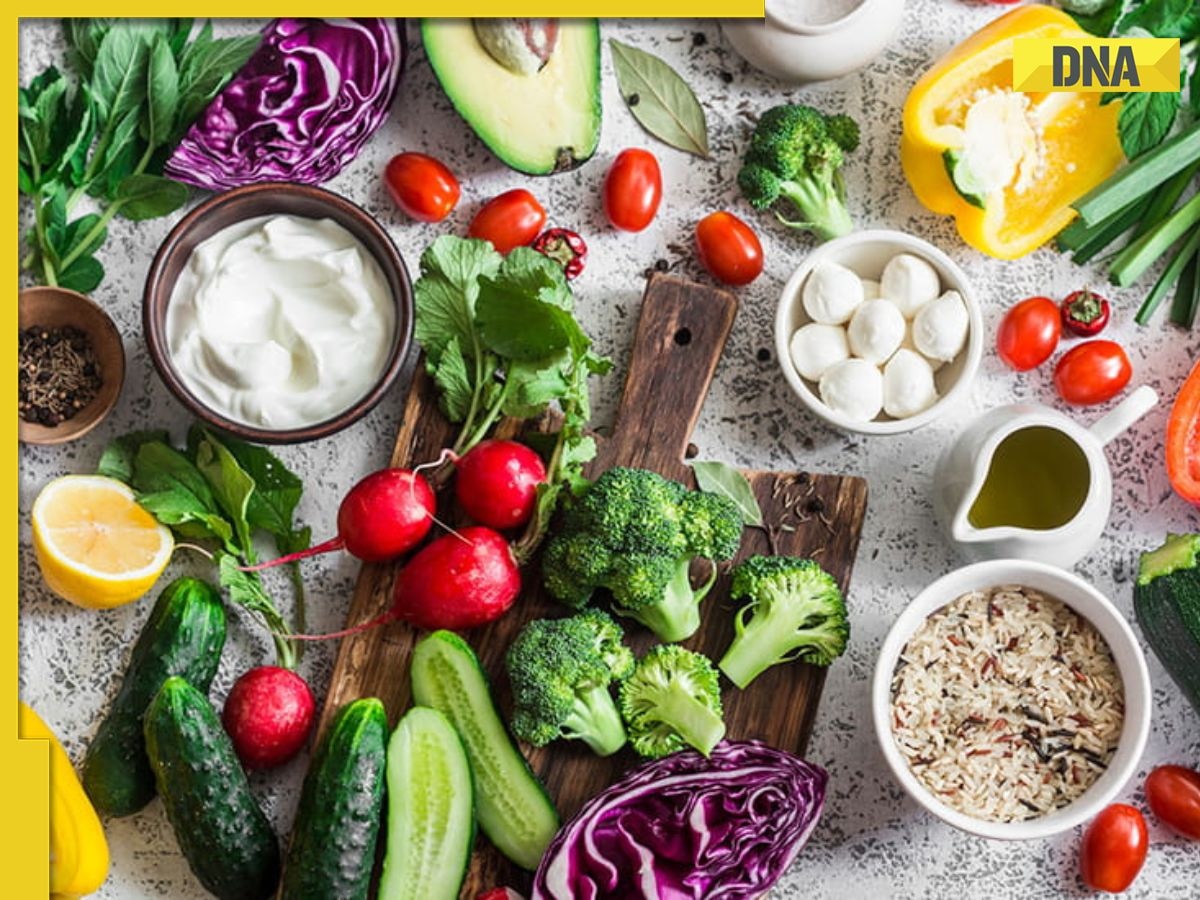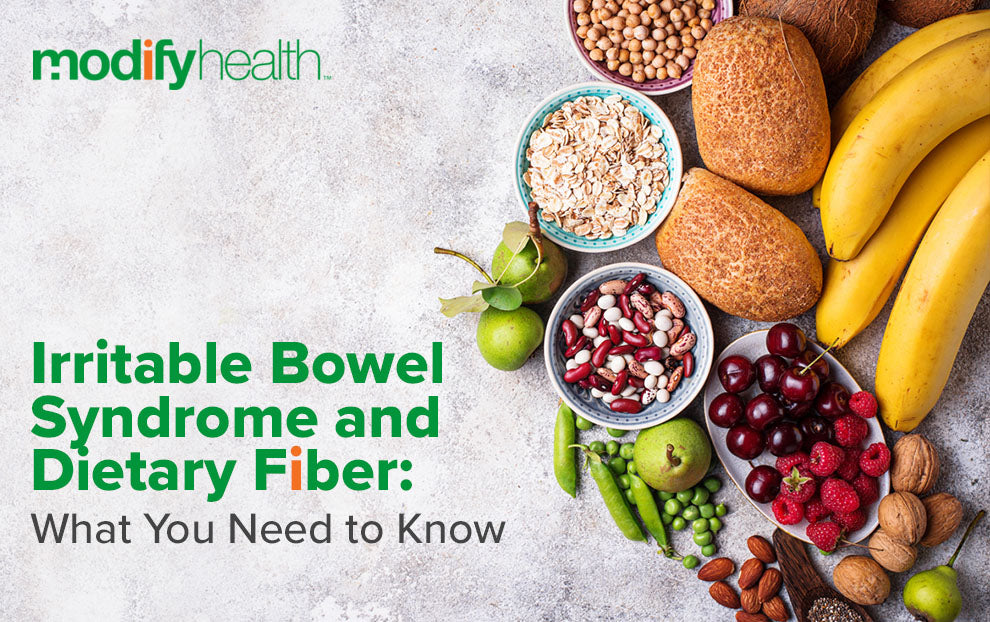
Clear skin can be achieved. The key is to make sure you're eating a healthy diet full of foods that will help to clear your skin. These foods must also be rich nutrients that will improve your skin's health.
You should eat a wide variety of vegetables and fruits to have clear skin. These foods are rich sources of vitamins, antioxidants and nutrients which will nourish your skin. These foods also contain water, which will help keep your skin hydrated.
Vitamin C is an excellent vitamin to take to improve your skin. This vitamin is a great cleansing agent and also helps to brighten your skin. Vitamin C is also known to prevent UV-induced skin pigmentation. Vitamin C can make a big difference for people suffering from acne.
Avocado is another food which can glow your skin. This superfruit is rich in vitamins E and C as well as healthy fats. It can also moisturize your skin, and help reduce the appearance wrinkles.

If you have clear skin, you might not need to eat all the fruits and vegetables you can get your hands on. But if you have skin conditions, it is important that you eat the foods that are going to help your skin heal. Oranges, broccoli, and spinach are some of the best foods.
Water is an excellent way to maintain a healthy skin. To maintain a healthy complexion and function properly, the body requires water. Water is also important for digestion and the production of collagen. Avoid alcohol. This can dry out your skin, and can lead to breakouts.
Include antioxidant-rich foods and beverages in your daily routine, as well as water and fruit. The best source of antioxidants is tea. However, 100% juices are also available. You can also find antioxidants in walnuts, chia seeds, ginger, and chia seeds.
Fatty fish is another food that can help improve your skin. These nutrients aren't always in large quantities, so it is important to eat small amounts to give your skin a glowing glow.
Probiotics are also an important part of a clear skin diet. These foods contain healthy bacteria that can improve skin health. Although yogurt is the most well-known of these foods, they also include asparagus, kiwis, and garlic. They can be beneficial for your skin by reducing inflammation and improving moisture retention.

Try to include foods that can help you fall asleep better. The Harvard School of Public Health created the Healthy Eating Plate, which has a variety of foods that can help to improve your sleep. This includes fruits, vegetables, nuts and other healthy foods. These foods are rich in antioxidants and help to prevent acne breakouts.
Clear skin requires a varied diet that provides all of the nutrients you need. You should be mindful of what foods could trigger your skin condition or acne. People have reported that cutting dairy products from their diets has made a difference in their skin. This is because dairy products are naturally pro-inflammatory and may contribute to breakouts.
FAQ
What's the difference between a calorie and kilocalorie?
Calories measure the amount energy in food. Calories are the unit of measurement. One calorie represents the energy required to raise one gram of water's temperature by one degree Celsius.
Kilocalories can also be used to refer to calories. Kilocalories are measured in thousandths of a calorie. 1000 calories are equal to one kilocalorie.
How to measure bodyfat?
The best way to measure body fat is with a Body Fat Analyzer. These devices are used to measure the percentage of bodyfat in people who desire to lose weight.
Do I have to count calories?
You might be asking "What is the best diet?" or "is counting calories necessary?" The answer is dependent on many factors like your current state of health, your personal goals, how you prefer to eat, and your overall lifestyle.
The Best Diet For Me: Which One Is Right?
The best diet is dependent on my current health status, personal goals, preferences, and overall lifestyle. There are many different diets, some good, some not. Some work well for certain people while others don't. What should I do then? How can I make the right choice?
This article aims at answering these questions. It begins with an overview of the different diets today. Next, we will discuss the pros & cons of each kind of diet. Finally, we'll discuss how to select the best one.
Let's look at some of the main types of diets to get started.
Diet Types
There are three types, low-fat, high-protein, or ketogenic diets. Let's briefly discuss them below.
Low Fat Diets
A low fat diet is a diet that restricts the amount of fats consumed. This is achieved through a reduction in saturated fats (butter or cream cheese), etc. You can replace them with unsaturated oils (olive oil and avocados) A low fat diet is often recommended for those who want to lose weight quickly and easily. This diet can cause constipation, heartburn, and stomach problems. Vitamin deficiencies can also occur if the person doesn't get enough vitamins through their diet.
High Protein Diets
High protein diets are known to restrict carbohydrate intake and promote the consumption of protein. These diets have higher protein levels than other diets. They are meant to help build muscle mass and burn more calories. Unfortunately, they can't provide adequate nutrition for those who eat regularly. They may also be too restrictive and not suitable for everyone.
Ketogenic Diets
The keto diet is also known as the keto diet. They are high on fat but low in carbs and proteins. They are commonly used by athletes and bodybuilders as they allow them to train harder, longer and without feeling fatigued. But, they require strict adherence to avoid negative side effects like nausea, headaches, and fatigue.
What is the difference of a virus from a bacteria?
A virus is a microscopic organism that cannot reproduce outside its host cell. A bacterium can be described as a single-celled organism which reproduces by splitting in two. Viruses can be as small as 20 nanometers, while bacteria can grow up to 1 micron.
Viruses are usually spread through contact with infected bodily fluids, including saliva, urine, semen, vaginal secretions, pus, and feces. Bacteria can be spread by direct contact with infected objects and surfaces.
Viral infections may enter the body through cuts, scrapes. bites and other skin breaks. They can also enter the body through the nose and mouth, eyes, ears or rectum.
Bacteria can be introduced to our bodies by cuts, scrapes or burns. They can also be introduced to our bodies by food, water and soil.
Both bacteria and viruses cause illness. But viruses do not have the ability to multiply within their hosts. So they only cause illnesses when they infect living cells.
Bacteria can grow in their hosts and cause disease. They can even invade other parts of the body. They can even invade other parts of the body, which is why antibiotics are necessary to eradicate them.
Statistics
- According to the Physical Activity Guidelines for Americans, we should strive for at least 150 minutes of moderate intensity activity each week (54Trusted Source Smoking, harmful use of drugs, and alcohol abuse can all seriously negatively affect your health. (healthline.com)
- According to the 2020 Dietary Guidelines for Americans, a balanced diet high in fruits and vegetables, lean protein, low-fat dairy and whole grains is needed for optimal energy. (mayoclinichealthsystem.org)
- The Dietary Guidelines for Americans recommend keeping added sugar intake below 10% of your daily calorie intake, while the World Health Organization recommends slashing added sugars to 5% or less of your daily calories for optimal health (59Trusted (healthline.com)
- In both adults and children, the intake of free sugars should be reduced to less than 10% of total energy intake. (who.int)
External Links
How To
What does the meaning of "vitamin?"
Vitamins can be described as organic compounds found in food. Vitamins help us absorb nutrients from foods we eat. Vitamins cannot come from the body so food must provide them.
There are two types: water-soluble and fat-soluble vitamins. Water-soluble vitamins dissolve easily when they are dissolved in water. You can find vitamin C,B1 or thiamine, B2 or riboflavin and B3 or niacin. B6 is pyridoxine. Folic acid, biotin and pantothenic are some examples. The liver and fatty tissues are home to fat-soluble vitamins. Vitamin D, E, K and A are some examples.
Vitamins can be classified by their biological activity. There are eight main groups of vitamins.
-
A – Essential for normal growth, and the maintenance of good health.
-
C - important for proper nerve function and energy production.
-
D - essential for healthy teeth and bones.
-
E is needed for good reproduction and vision.
-
K - Essential for healthy muscles and nerves.
-
P – vital for building strong bones.
-
Q - aids in digestion of iron and iron absorption
-
R - Required for red blood cell production
The recommended daily allowance of vitamins (RDA), varies depending upon age, gender, physical condition, and other factors. The U.S. Food and Drug Administration (FDA) sets the RDA values.
For adults aged 19 or older, the RDA of vitamin A is 400mg per day. For fetal development, pregnant women require 600 micrograms per daily. Children ages 1-8 require 900 micrograms per day. Infants under one year of age require 700 micrograms per day, but this amount decreases to 500 micrograms per day between 9 months and 12 months of age.
Children aged 1-18 years need 800 micrograms daily, while children overweight require 1000 micrograms per days. Children who are severely obese or underweight will need 1200 micrograms each day.
Children ages 4-8 years who have been diagnosed with anemia need 2200 micrograms per day of vitamin C.
2000 micrograms per person is necessary for general health. Mothers who are pregnant, nursing, or have a high nutrient need will require 3000 micrograms a day.
Adults over 70 need 1500 micrograms daily, since they lose around 10% of their muscle mass every decade.
Women who have been pregnant or are lactating require more than the RDA. Pregnant women require 4000 micrograms daily during pregnancy, and 2500 micrograms every day after birth. Breastfeeding mothers need to consume 5000 micrograms each day when breastmilk has been produced.